Unleash Your School’s Potential: Why the St. Louis AI Revolution Can’t Wait
Meet Michelle Hamilton, Founder of Spark AI Strategy
“We don’t chase shiny objects. We teach teams to build privacy-first AI workflows that actually save time. Start small, measure results, scale what works.”
Michelle Hamilton, founder of Spark AI Strategy and AI Class Lab, brings deep expertise in human behavior and AI integration to help educational leaders navigate the AI revolution. With a background building high-performing teams and pioneering AI solutions, she partners with districts to turn AI curiosity into measurable classroom results—no jargon, no guesswork.
What Would Change If Your Teachers Got Two Extra Hours Back—Every Week?
That’s not a fantasy. It’s what early adopters around St. Louis are starting to see as they move from AI curiosity to classroom practice.
At an AI Summit hosted by Hancock Place, educators gathered to try real tools, compare policies, and trade playbooks. Several districts came to learn what’s working—not because anyone mandated it, but because you could feel the shift in the room. Meanwhile, students aren’t waiting; they already use AI to research, draft, and problem-solve.
The critical question: Are we guiding that energy—or letting it run on autopilot?
What’s Actually Happening in St. Louis Classrooms
Hancock Place set aside $25,000 for a pilot program featuring tools like Snorkel, SchoolAI, and Brisk—designed to speed feedback, surface how students reason, and reduce repetitive grading tasks.
Teachers Mellomonique Greene and Patrick McSalley emphasize the point isn’t replacement; it’s relief and creativity. More coaching time. Fewer late-night administrative chores. That’s the practical outcome teachers actually care about.
The student reality: Your students are already AI-native. They’re using these tools for research, drafting, and problem-solving whether you acknowledge it or not. The question isn’t whether AI belongs in education—it’s whether you’ll help shape how it’s used.
Why This Matters Far Beyond Missouri
The Data Speaks
A 2025 global survey reports 80% of higher-education administrators are motivated to adopt AI for efficiency and productivity. Multiple research syntheses indicate widespread student use of AI for coursework across all academic levels.
Translation: Expectations are rising fast, and graduates will need AI fluency to compete.
Federal Guidance Is Clear
On July 22, 2025, the U.S. Department of Education issued comprehensive guidance on responsible AI use in schools. The message is unmistakable: districts need frameworks, not delays.
The Competitive Landscape
While you’re debating definitions, other districts are piloting AI tutoring systems, generating differentiated reading passages, and implementing automated feedback loops. The gap widens every semester.
Worried About Risk? You Should Be—If You Stand Still
Concerns about integrity, equity, and ethics are absolutely valid. But waiting doesn’t reduce risk; it shifts it—to unprepared students, burned-out staff, and districts that can’t compete for families or talent.
The smart approach: Pilot with clear rules and controlled settings. Learn what to scale and what to stop. Build expertise while your competition hesitates.
The Spark AI Strategy Approach: Privacy-First, Results-Focused
Our methodology centers on building sustainable AI relationships rather than chasing every new tool:
The 60-Second Privacy Switch
Before any AI interaction, teams learn to quickly assess data sensitivity and choose appropriate tools.
Frame • Focus • Finish Prompt Framework
A simple, repeatable structure that generates consistent, useful results across lesson planning, feedback, and document analysis.
Measurable Outcomes
We track what matters: hours saved, student engagement metrics, and teacher satisfaction scores.
Real impact: Districts report 2-4 hours weekly time savings per teacher within the first month of implementation.
Your 14-Day Implementation Blueprint
Week 1: Start Small, Show Value
- Select pilot classrooms: Choose 3-5 teachers across different subjects
- Choose one use case: Lesson planning, feedback generation, or content creation
- Pick familiar tools: Start with ChatGPT, Gemini, or Claude
- Track one metric: Minutes saved per class or task
Week 2: Build Foundation
- AI literacy workshops: Short sessions covering benefits, limitations, privacy, and academic integrity
- Policy framework: Clarify when AI is allowed, how data is handled, and which tools are approved
- Student guidelines: Make the “what not to do” explicit and enforceable
- Parent communication: Transparent messaging about AI integration and safeguards
Ongoing: Scale What Works
- Document successes: Create templates from winning strategies
- Expand gradually: Add classrooms based on demonstrated results
- Measure consistently: Track time savings, student outcomes, and teacher satisfaction
- Iterate rapidly: Adjust tools and processes based on real feedback
Cross-Industry Intelligence: What Commercial Real Estate Teaches K-12
The principles driving AI adoption in commercial real estate apply directly to education:
Proposal Automation
CRE approach: Teams draft RFPs and proposals from successful templates K-12 application: Generate grant applications and board presentations from proven frameworks
Document Analysis
CRE approach: Auto-extract key dates, obligations, and risks from leases K-12 application: Summarize vendor contracts, MOUs, and policy documents in minutes
Resource Optimization
CRE approach: Model foot traffic and occupancy to optimize space use K-12 application: Simulate room usage and duty schedules to reduce bottlenecks
Predictive Planning
CRE approach: AI prioritizes capital projects and forecasts needs K-12 application: Rank maintenance work orders and predict resource requirements
Same outcome across industries: Less manual work, more strategic time.
The Real Cost of Waiting
Every day you delay means:
- Teachers burning out on manual tasks while others gain hours back
- Students learning AI habits without institutional guidance
- Your district falling behind those building AI literacy now
- Missing federal funding opportunities that favor AI-ready districts
The window is narrowing. Early movers are establishing competitive advantages that will be harder to overcome with each passing semester.
Success Stories and Practical Applications
Lesson Planning Revolution
Teachers report reducing weekly planning time from 4 hours to 90 minutes while improving content quality and differentiation.
Feedback at Scale
Educators provide more detailed, personalized student feedback in half the time using AI-assisted analysis and suggestion tools.
Administrative Efficiency
Districts streamline everything from IEP documentation to parent communication templates, freeing staff for higher-value work.
Getting Started: Your Next Steps
For District Leaders
Ready to move from curiosity to implementation? Contact Michelle Hamilton at michelle@sparkaistrategy.com or visit Spark AI Strategy to discuss customized pilot programs and training workshops.
For Individual Educators
Want to build personal AI literacy first? Explore our publicly available courses at AI Class Lab for hands-on learning at your own pace.
For Implementation Teams
We offer comprehensive support including policy development, teacher training, parent communication strategies, and measurable pilot programs designed for your specific district needs.
The Bottom Line
St. Louis has moved past the demo phase into daily practice. Districts starting now—with clear privacy guardrails, small pilots, and honest measurement—will give teachers time back and students a competitive edge.
The choice is yours: Lead the transformation or spend next year catching up to districts that acted today.
This post was authored by Spark AI Strategy in collaboration with our AI agents, demonstrating the human-AI collaboration we help districts implement.
Bibliography
- https://www.stlpr.org/education/2025-07-25/hancock-place-st-louis-area-educators-ai-summit
- https://www.eschoolnews.com/digital-learning/2024/02/05/impact-of-artificial-intelligence-in-education/
- https://www.educause.edu/about/corporate-participation/member-press-releases/ellucians-ai-survey-of-higher-education-professionals-reveals-surge-in-ai-adoption
- https://millenniumedu.org/st-louis-school-leads-in-ai-integration-as-the-nation-embraces-classroom-technology/
- https://www.ed.gov/about/news/press-release/us-department-of-education-issues-guidance-artificial-intelligence-use-schools-proposes-additional-supplemental-priority
- https://www.netguru.com/blog/ai-in-education
- https://anara.com/blog/ai-in-education-statistics
- https://www.nu.edu/blog/ai-statistics-trends/




